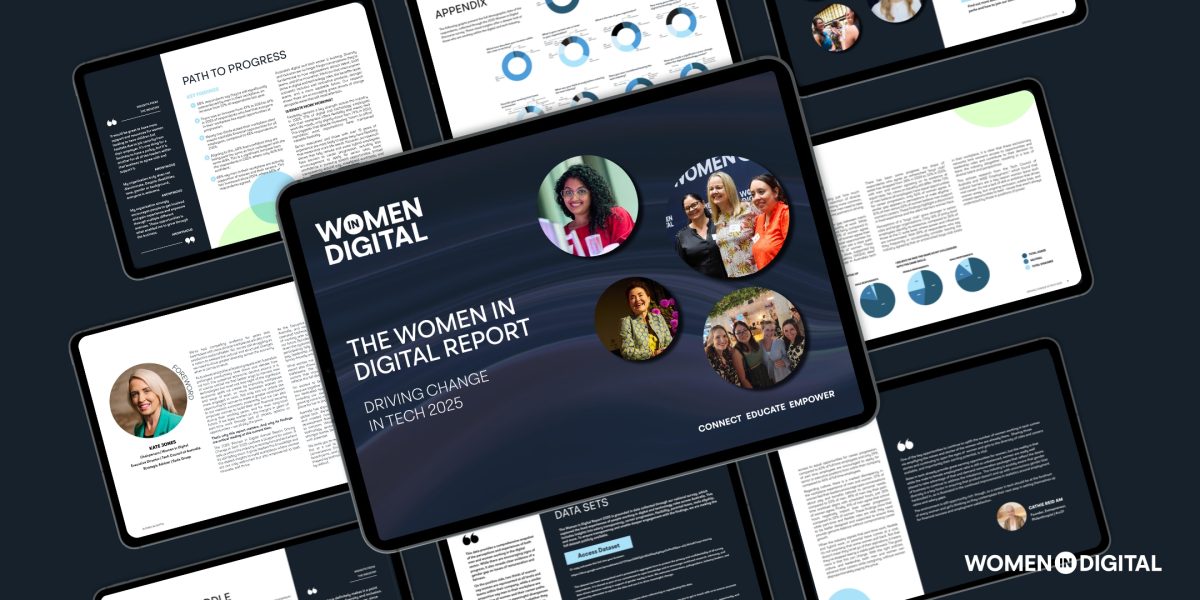Path to Progress: Flexibility Is Step One, Not the Finish Line

Path to Progress: Flexibility Is Step One, Not the Finish Line
The Women in Digital 2025 Report revealed that Australia’s tech sector has embraced flexible work, 77% of employers now offer it. It’s a critical foundation, especially for caregivers. But flexibility alone won’t fix inequity. What leaders think they’re doing to support women isn’t always what women experience. And in that gap, talent is being lost.
“Flexibility helped me stay initially, but without real career support, I felt stuck and invisible,” shared one survey respondent.
This candid reflection underscores a key insight from the report: flexibility is necessary but not sufficient. While flexible work arrangements provide crucial support, especially for caregivers, they don’t address deeper issues, such as career development and visibility. Without intentional efforts to create meaningful opportunities and recognition, women risk feeling sidelined, highlighting why cultural change must go hand in hand with flexible policies.
Without deeper cultural change, flexible policies risk masking persistent challenges: career stagnation, presenteeism, and lack of access to leadership. True progress means reshaping how we define value, performance, and inclusion, not just how and where people work.
Equal Pay Day and the Trust Gap
As Equal Pay Day was recently on August 19th, it’s promising that 66% of female respondents in tech now believe they have equal financial opportunity, up from 43% in 2024. But equity isn’t just about pay, it’s about trust.
A major trust gap remains, as found in just one survey in our report:
- 81% of total male respondents believe their male colleagues support women’s careers.
- Only 62% of our total female respondents agree.
This disconnect reveals a core truth: culture can’t be measured by policies alone. It must be reflected in lived experience. If people don’t feel supported, they won’t stay, no matter how “flexible” the policy is.
Perception gaps also impact culture. Leaders may believe they’ve built inclusive environments, but if women don’t experience that inclusivity, progression stalls and organisations risk losing key talent. When employees, particularly women, see policies like flexibility or pay equity in place but don’t experience real inclusion or support, trust erodes. This misalignment fosters a sense of isolation and disengagement, making people less likely to speak up, stay, or strive for advancement. Worse, it can create a sense of “false progress”, where leaders believe equity has been achieved because the metrics look good on paper, so momentum stalls.
3 Things Leaders Can Do Now
Industry leaders show how to do better. In our report, Cathie Reid Am, founder of Arc31, stated “one of the key opportunities to continue to uplift the number of women working in tech comes via amplifying the voices and stories of the women who are already there.”
ACS CEO Josh Griggs similarly said “Our future depends on creating inclusive and flexible environments that support all stages of women’s careers. Employers have to act now by ensuring equitable pay, transparent progression pathways, and supportive leadership programs.”
The takeaway? Allyship must be active, consistent, and felt. Closing the perception gap starts with listening, action, and embedding inclusion into everyday decisions.
To move beyond surface-level inclusion and embed real equity, leaders can:
-
Audit and act:
Conduct regular pay and promotion audits and be transparent about the outcomes.
-
Value impact, not hours:
Train managers to recognise and reward output, not presenteeism or visibility.
-
Mentor and sponsor:
Actively support mid-career women with access to high-impact projects and leadership pathways.
Measure What Matters
Culture isn’t what’s written in a handbook, it’s how people experience their workplace every day. That’s why leaders must go beyond policy checklists and measure what really matters: inclusion, trust, and equitable opportunity.
These perception gaps aren’t just statistics, they shape whether women stay, grow, and thrive in tech. Our 2025 Women in Digital Report unpacks the Path to Progress, the Missing Middle, and the Pipeline, offering leaders a roadmap to close the gaps for good. Together, they form a roadmap for turning momentum into measurable, lasting change.
The 2025 Women in Digital Report is now available!
The conversation around gender equity in tech has never been more urgent or more important. The 2025 Women in Digital Report “Driving Change in Tech 2025” dives deep into the lived experiences of people in digital and technology roles across Australia, providing a powerful data-driven overview of where we are, and where we need to go.

